8 feel-good ways to reduce food waste
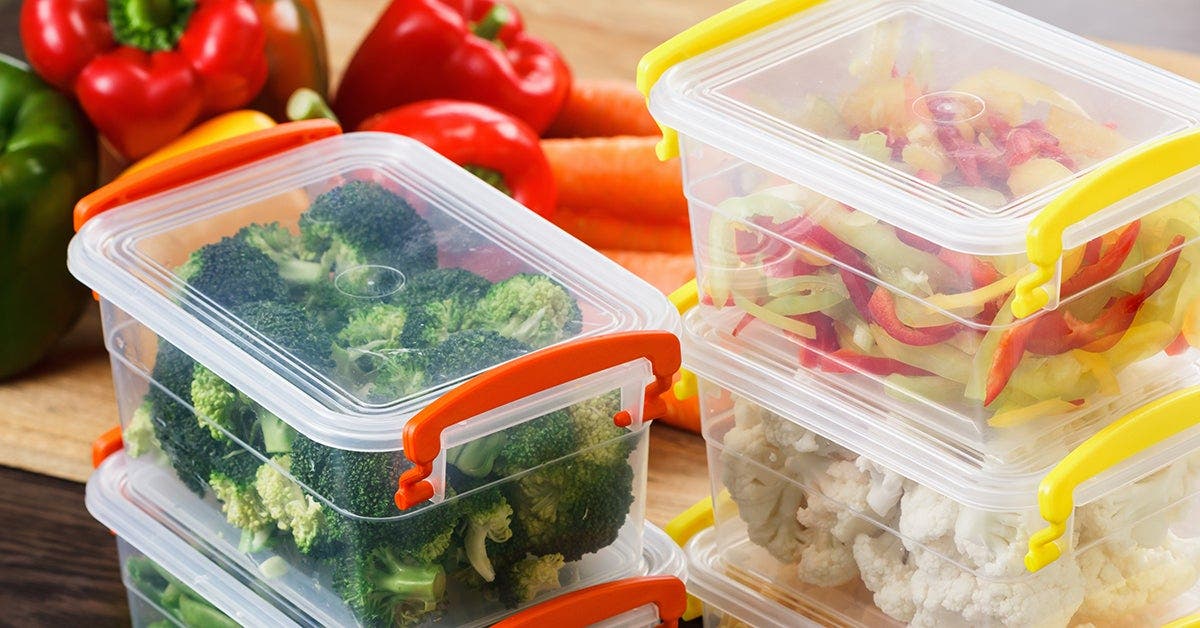
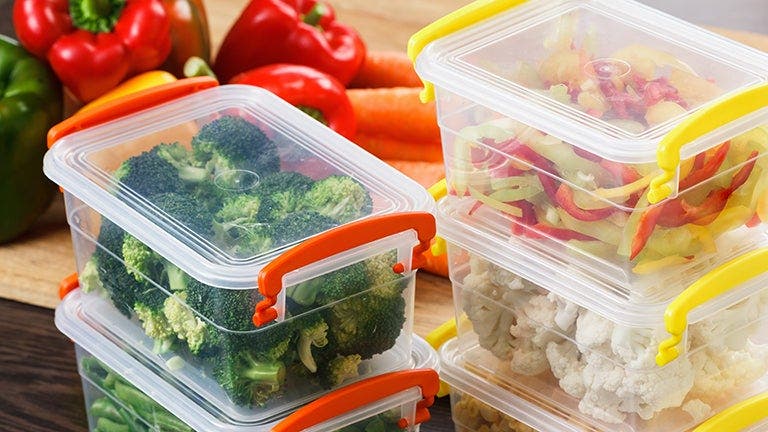
At WeightWatchers®, we believe nourishing our bodies and taking care of the planet aren’t mutually exclusive. While there are a bazillion positive changes you can make to help Mama Earth, we’re zeroing in on a mission that’s near and dear to our grub-loving hearts: food waste prevention.
Raise a hand if you’ve ever tossed a sad, never-opened container of rotting lettuce because you overestimated how many salads you were going to eat last week? We may shrug our shoulders and promise to “do better” next time, but reducing food waste requires a little more effort than simply making a mental note! Read on for eight simple and effective ways to reduce food waste right now.

1. Plan ahead
A general rule of thumb for making a successful grocery run is always going in with a purpose! While it certainly pays to make a shopping list, go a step further and meal plan for the week. This way, you can fill your cart with the exact amount of ingredients you’ll need and avoid grabbing any excess grub that could end up in the trash. 
2. Understand expiration dates
With so many calendar reminders to keep track of, checking the dates on the items in your fridge may be a low priority, but it’s important to know what they mean! The Food and Drug Administration (FDA) estimates that up to 20 percent of food waste comes from the confusion over these dates. According to The Food Safety and Inspection Service, a “use-by date” is the last day recommended to use the product at its peak quality. Translation? Unless it looks or smells spoiled, it should still be OK to eat. 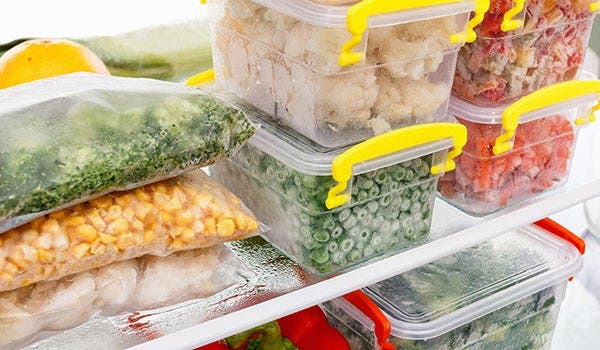
3. Put your freezer to work!
Speaking of dates, most meats include a "freeze-by" suggestion that will help prolong the protein's life. But there's a long list of other ingredients that freeze exceptionally well, like most bread and bagels, bananas and avocados (sans skin), grated cheese, and even gently whisked eggs. So move your ice cube tray (and ice cream!) aside and make room for the foods that certainly deserve a second chance at life. ![]()
4. Eat (or share) your leftovers
If Thanksgiving has taught us anything, it’s that leftovers rock—but you don’t want their consistency to be rock-hard. The solution? Seal your scraps in food storage containers to ensure the flavor, texture, and freshness of your delicious cooking stays intact. If you went a little overboard, you can always share the bounty with a neighbor or a nearby family member.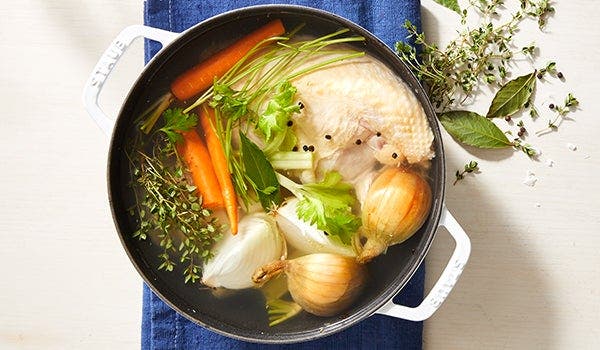
5. Save your veggie scraps for stock
No offense to our favorite canned soups, but homemade broth tastes better—and you can customize your stew with whatever leftover veggie scraps you have on hand. Better in a pot than in the trash! One to try: This Chicken Stock recipe, which uses leek greens, mushroom stems, parsnips, and shallots. Another pro-food-saving tip: Freeze any leftover broth in 1 to 2 cup portions so when you’re ready to use it, you can thaw the exact amount you need.
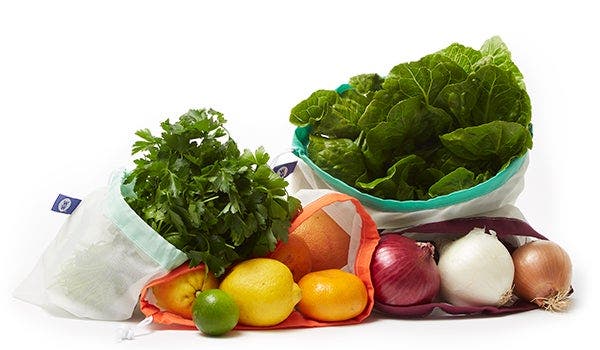
6. Take advantage of reusable produce bags
Single-use plastic is out; sustainable bags are in! Look for reusable produce bags made from breathable fabric, which can help extend the life of your fruits and veggies. Take them to the market or grocery store to carry produce, essentials, and anything else that usually requires a pesky plastic bag. 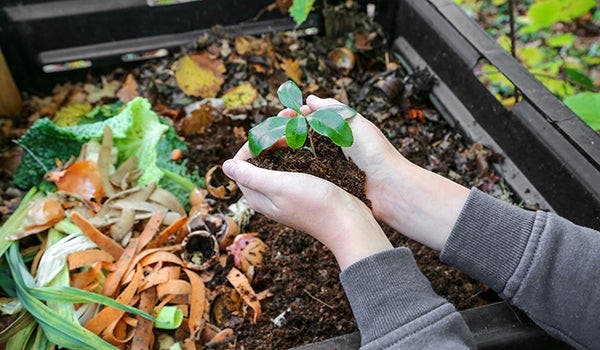
7. Compost scraps
Wondering what to do with leftover leaves, stems, and peels? Those pieces are totally salvageable, in an inedible way, of course. Creating a compost heap reduces waste by turning these scraps into a nutrient-rich fertilizer that’ll bring new life. Don’t have a garden or space to make a heap? Many cities have composting programs you can—and should—take advantage of. 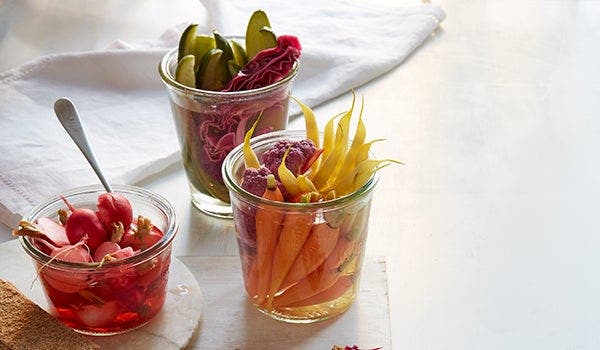
8. Start pickling!
Here’s a tasty food preservation method that you could turn into a pretty neat hobby. It’s called pickling—ever heard of it? The next time you accidentally buy too many eggs, radishes, peppers, cucumbers, or onions, bust out your mason jar collection and get to it! Our recipe for Quick Pickles will walk you through it step-by-step.
